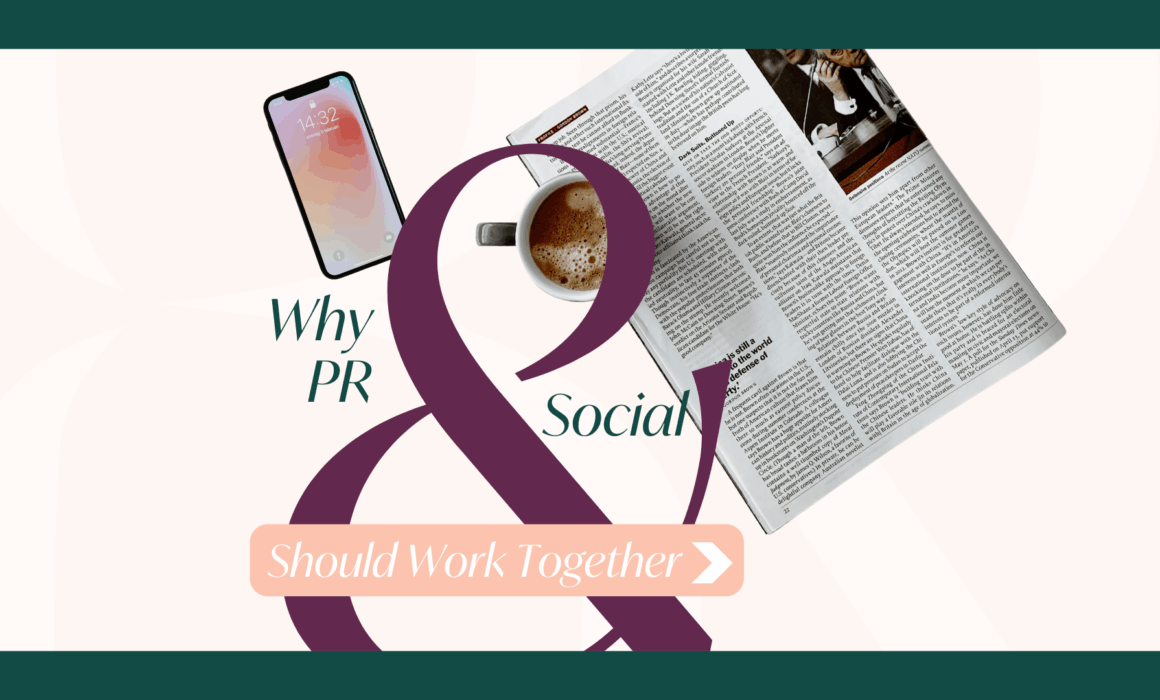Why Should PR and Social Work Together?
BR’s Sophie recently attended Marketing Spice Live, an online panel discussion hosted by Pimento, on ‘Why PR & Social Must Work Together: Building Unified Brand Narratives’.
The webinar explored the convergence of PR and social media, and how integrated strategies are driving standout brand storytelling. But what does this shift mean for communications and future proofing campaigns?
Business Impact
In today’s fast moving digital world, PR and social media are essential partners in reaching existing and new audiences.
PR exists to promote and protect a brand or a business, and social media helps support this mission by educating and entertaining audiences. Social media isn’t just an add on to PR, it’s a crucial part of communications with PR boosting stories and social keeping them alive.
Look at it this way: PR can create a flurry of excitement but it often fades, whereas social media sustains conversations aiming to turn them into wider movements. The help of this long term engagement drives business objectives and outcomes, leading to wider growth across the company.
Don’t forget, social media is the number one global channel for grabbing attention and sparking participation! Blending the two together can help PR strategies, creating a longer and more engaging presences across channels.
B2B vs B2C
Social media’s impact differs across B2C and B2B but ultimately is vital for both!
For B2C campaigns, social media is indispensable for connecting directly with your audience and customers. It allows you to gather data and adapt campaigns there and then to reflect this. It is a fantastic way to build loyalty and connections with your audience to help shape the business.
Generally, companies appealing to B2B audiences have been slower to embrace social and combine with PR, however, businesses who fail to adapt will be left behind. Social media platforms can give businesses more control over their messaging than a press release due to the platforms being more manageable and offering real-time communication capabilities. As well, it is a useful way to humanise corporate stories and drive thought leadership.
It is clear that social media platforms can be used as a growth driver for all types of businesses, keeping you also relevant.
Influencers
Influencers – or content creators as many now prefer to be referred to as – are a hot topic but can often be misinterpreted. Not all influencers are fashion bloggers or TikTok stars. They can be MP’s, journalists, industry experts and even your own business leaders. An influencer lends credibility to your area of expertise, increases your reach and ultimately brings your business story to life.
When thinking about a B2B campaign, it is unlikely you will see your typical influencer or have even considered that one could be used to promote your brand. However, business leaders can act as an ‘internal influencer’ for the company (sometimes described as the “face of the brand”). This is a relatively easy way to build trust and give your audience someone to connect with. Audiences want to see your business journey and understand your values, so it is important the face of the business is showing the real you – don’t make it feel staged or disingenuous!
When finding the right influencer for your business it is important to consider what your objectives are and not to fall down the loophole of trends.
- Consider your audience, client and campaign objectives.
- Ensure the influencer aligns with the business.
- Use influencers to build trust not just to create content.
At Building Relations, we have worked on a number of campaigns combining PR and social for clients including Barratt London’s collaboration with IKEA, where they worked with influencer Clara Holmes, who has Ehlers-Danlos Syndrome. Clara curated the interior design scheme for one of Barratt London’s accessible homes at Springfield Place in Wandsworth. The campaign strove to remove some of the stigma around disability and highlighted that being in a wheelchair shouldn’t be a barrier to home ownership. The activity proved to be successful, receiving 110% engagement on reach and 95% positive sentiment rate.
Overall, PR and social media work hand in hand each offering unique strengths. Make sure you are using PR to speak to your audience and social media to encourage conversations; by using them together you will create strong long-lasting campaigns.




